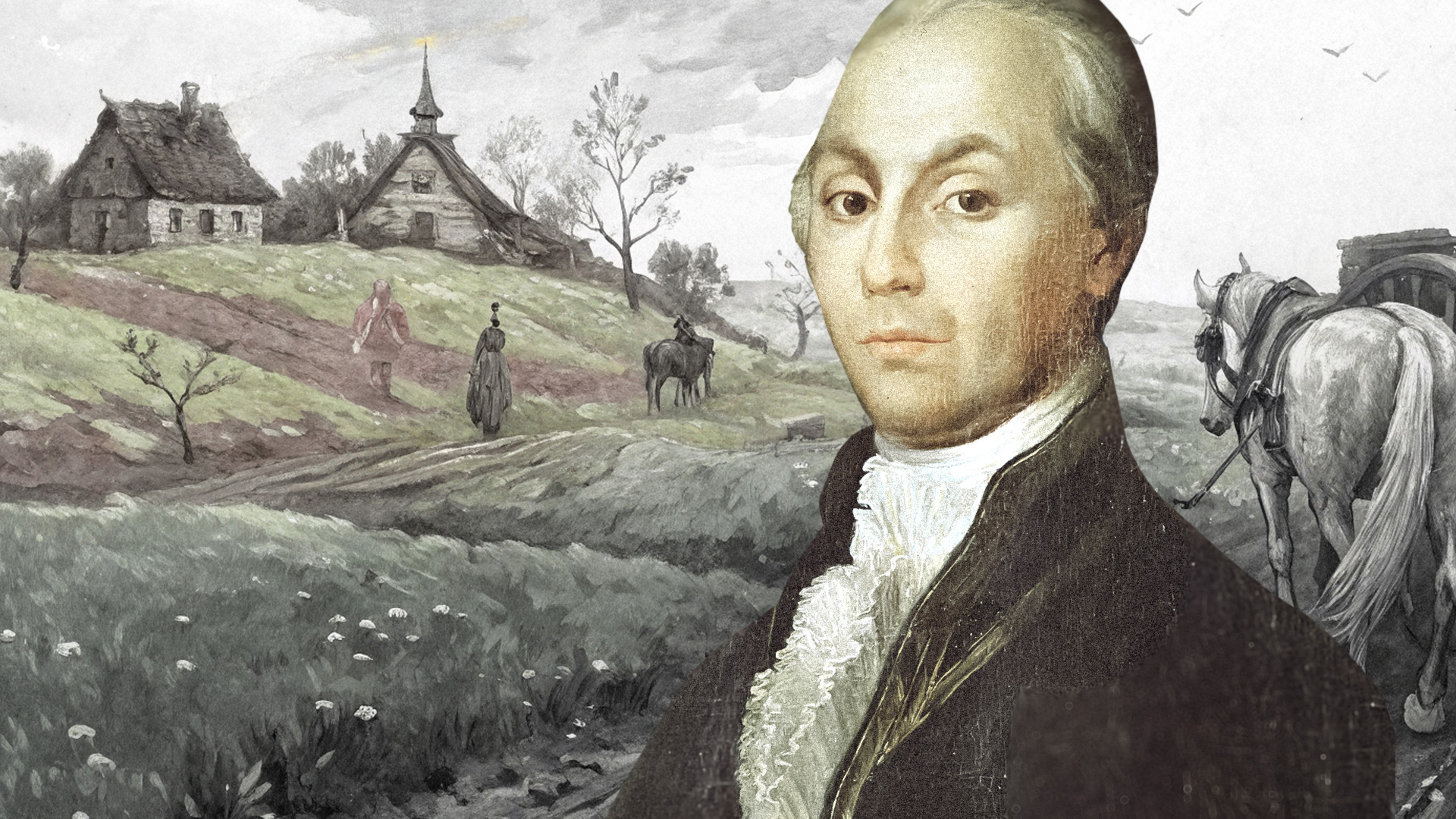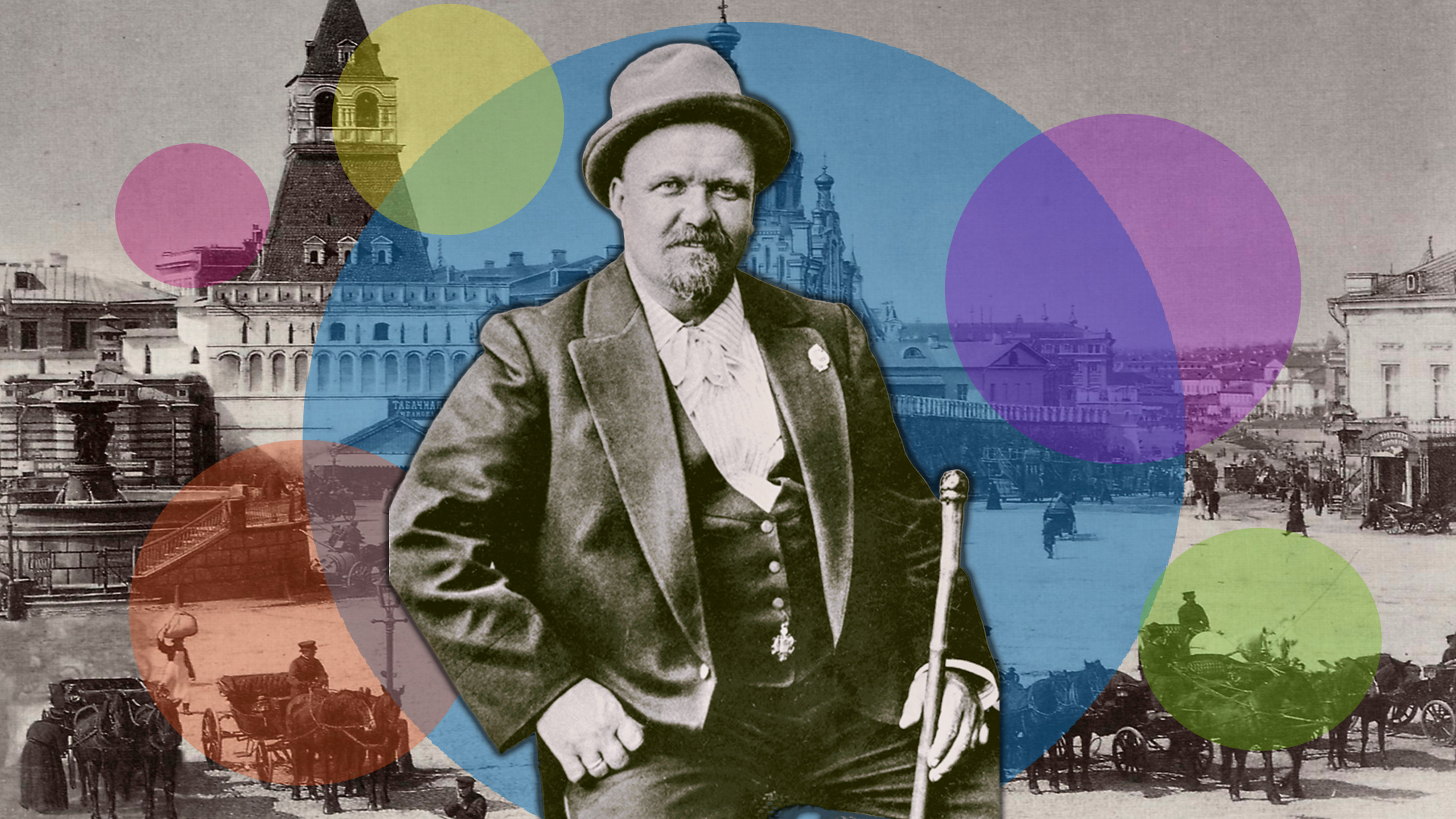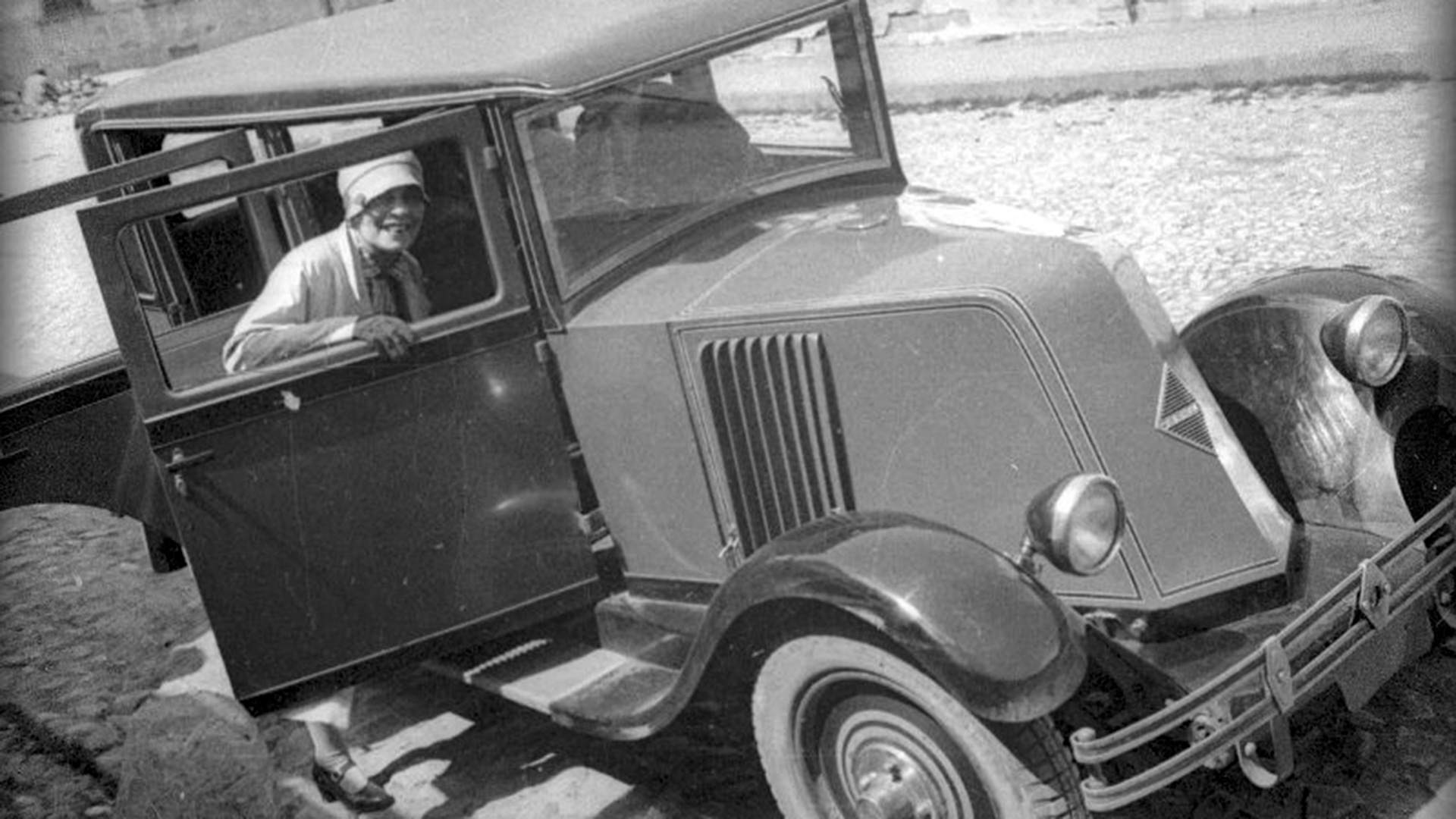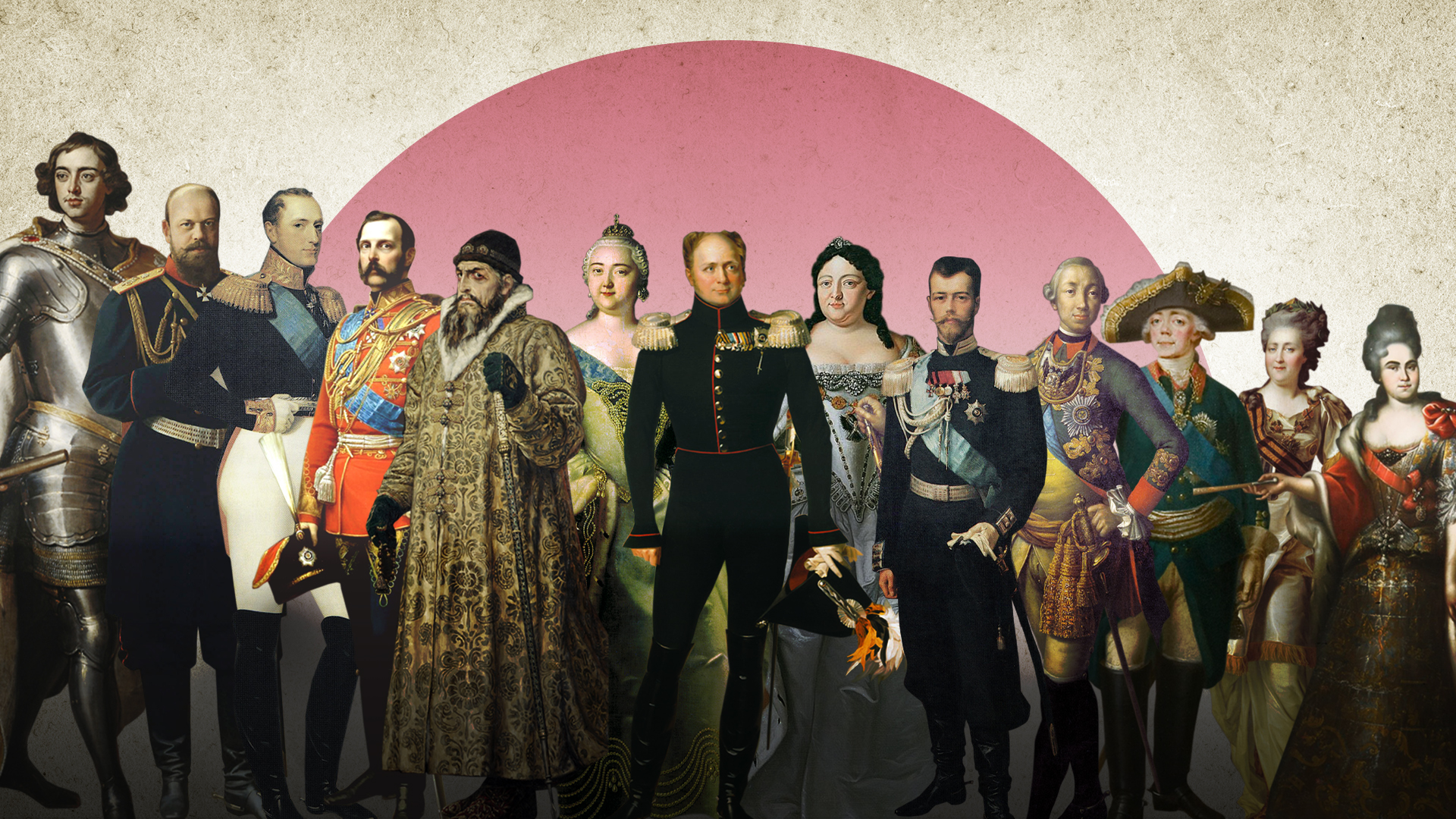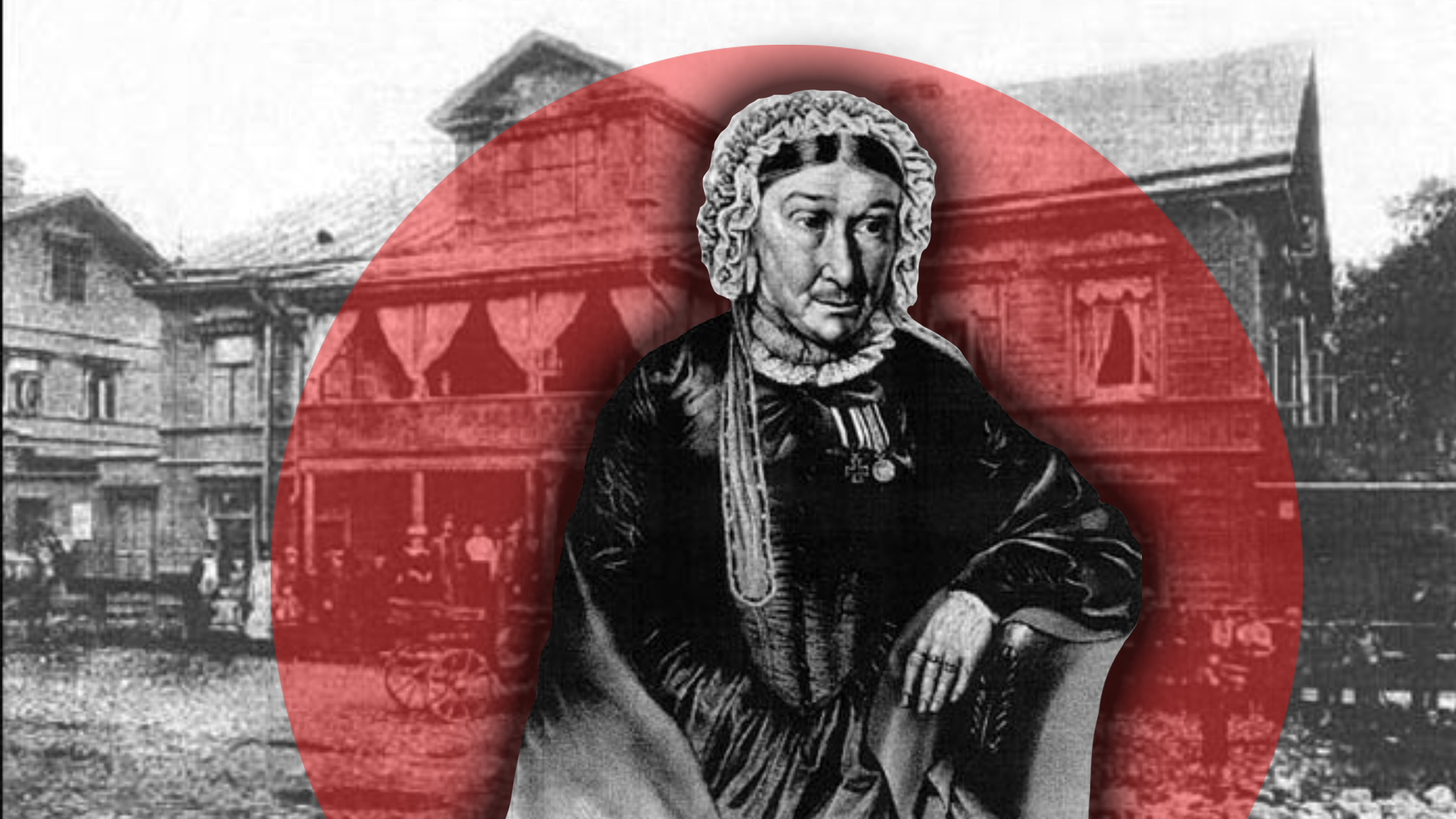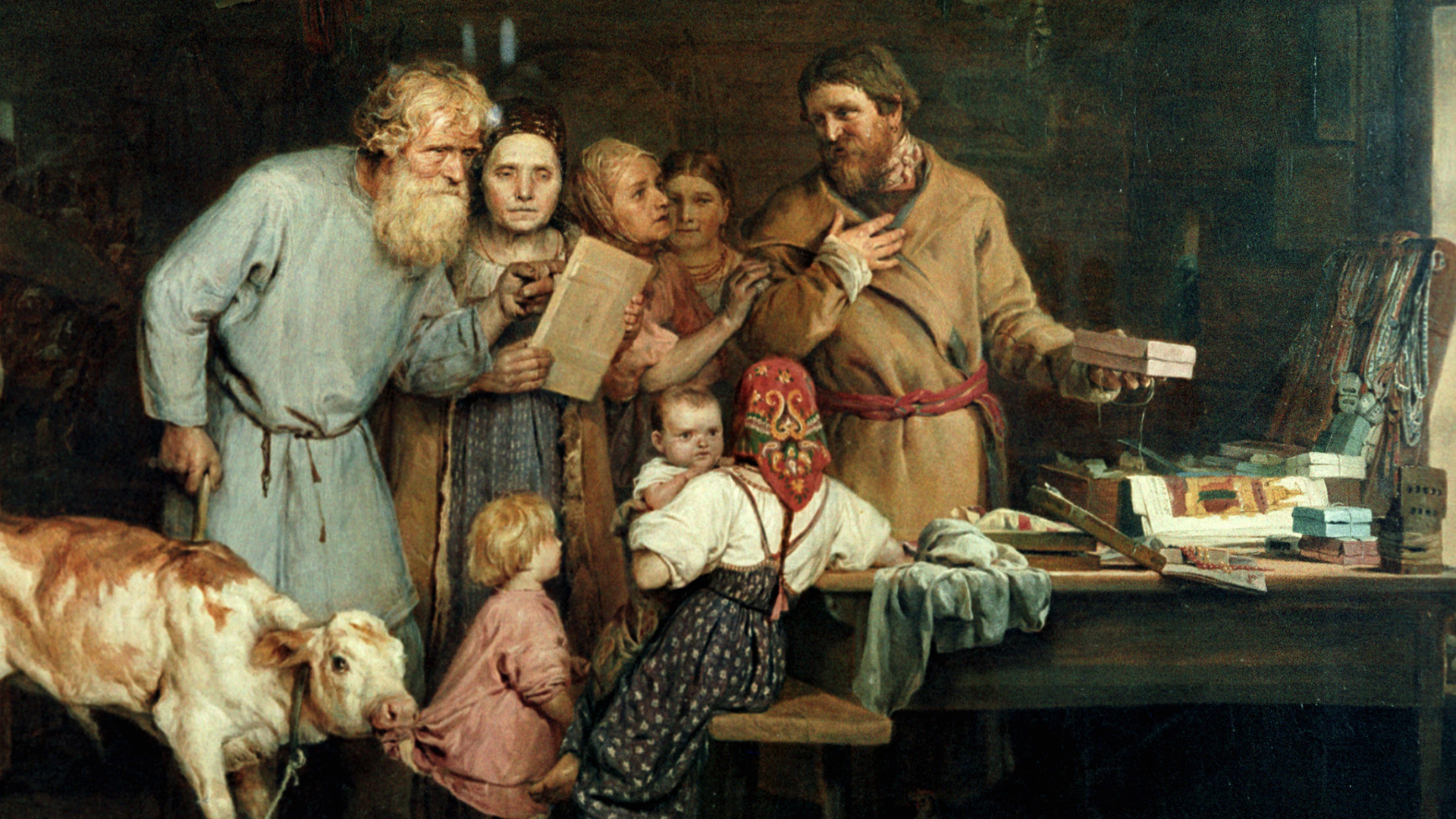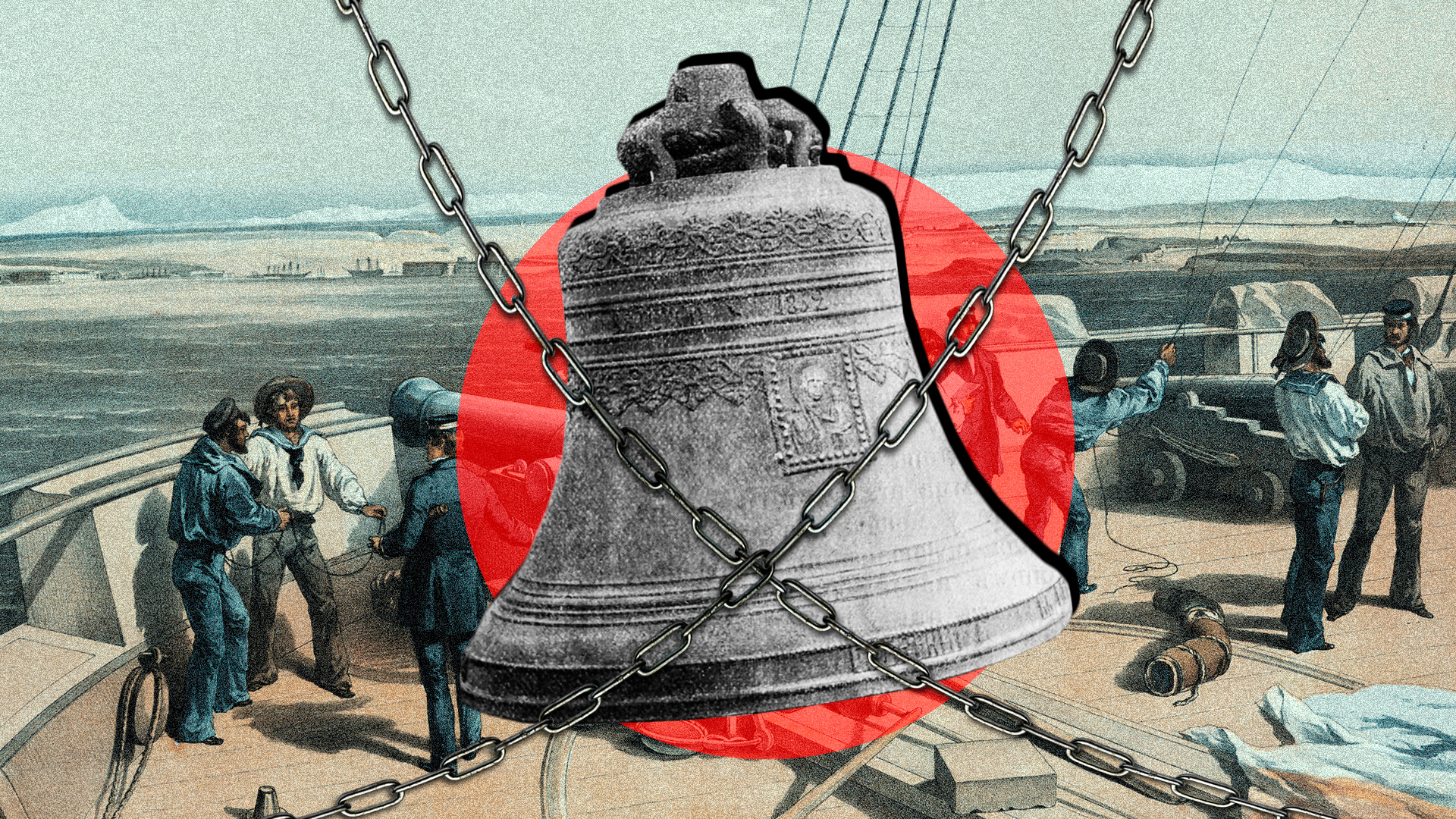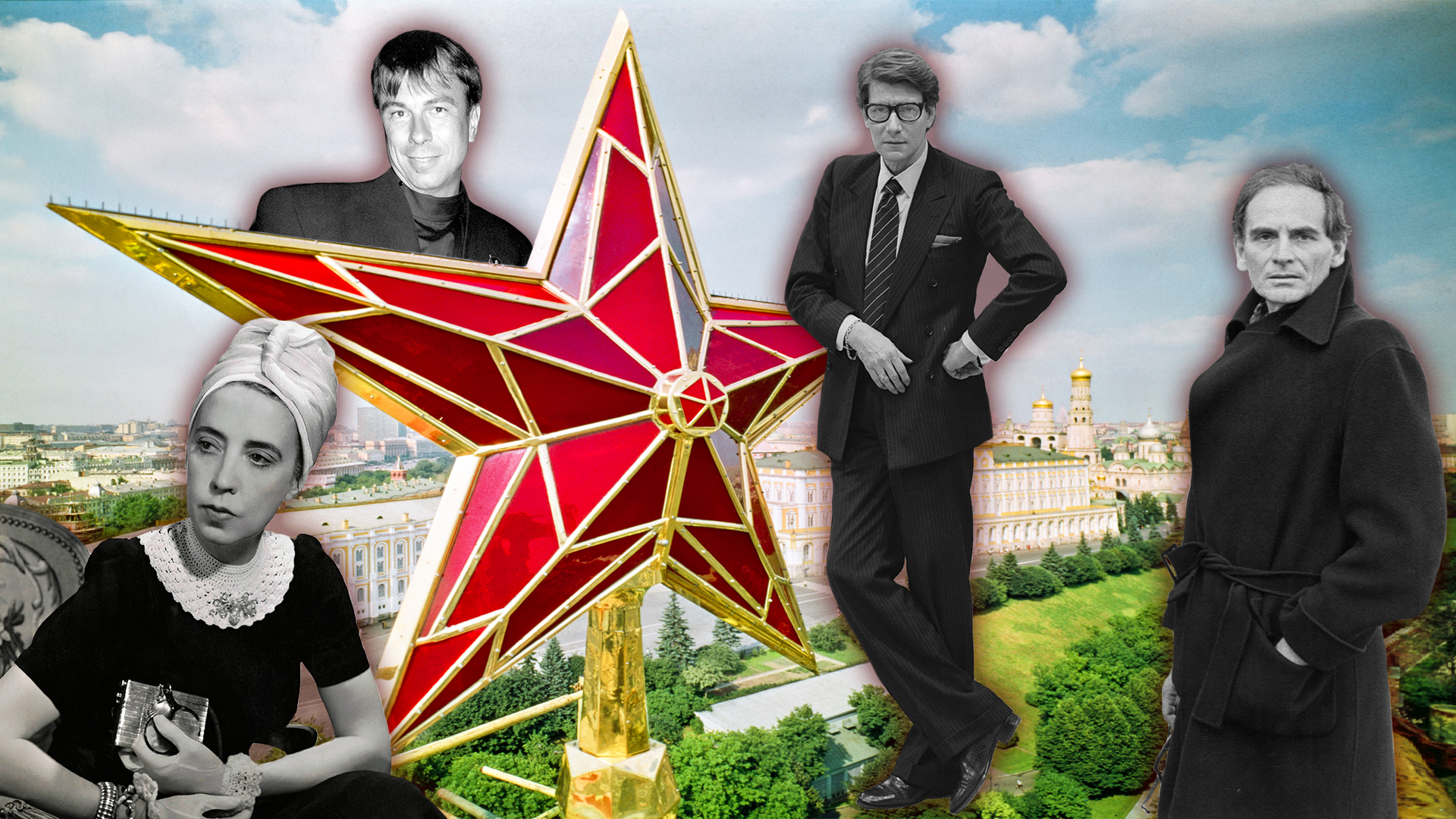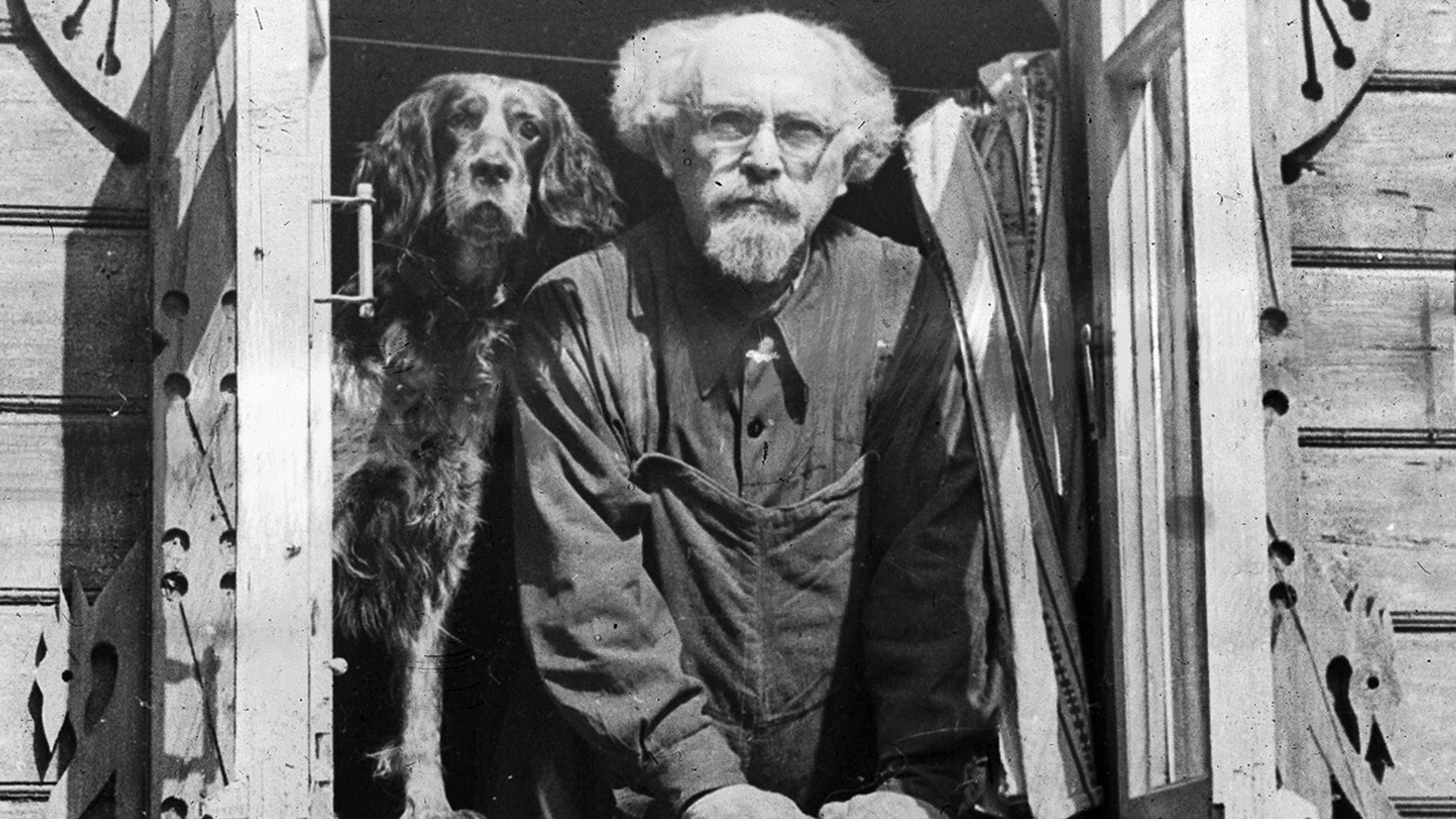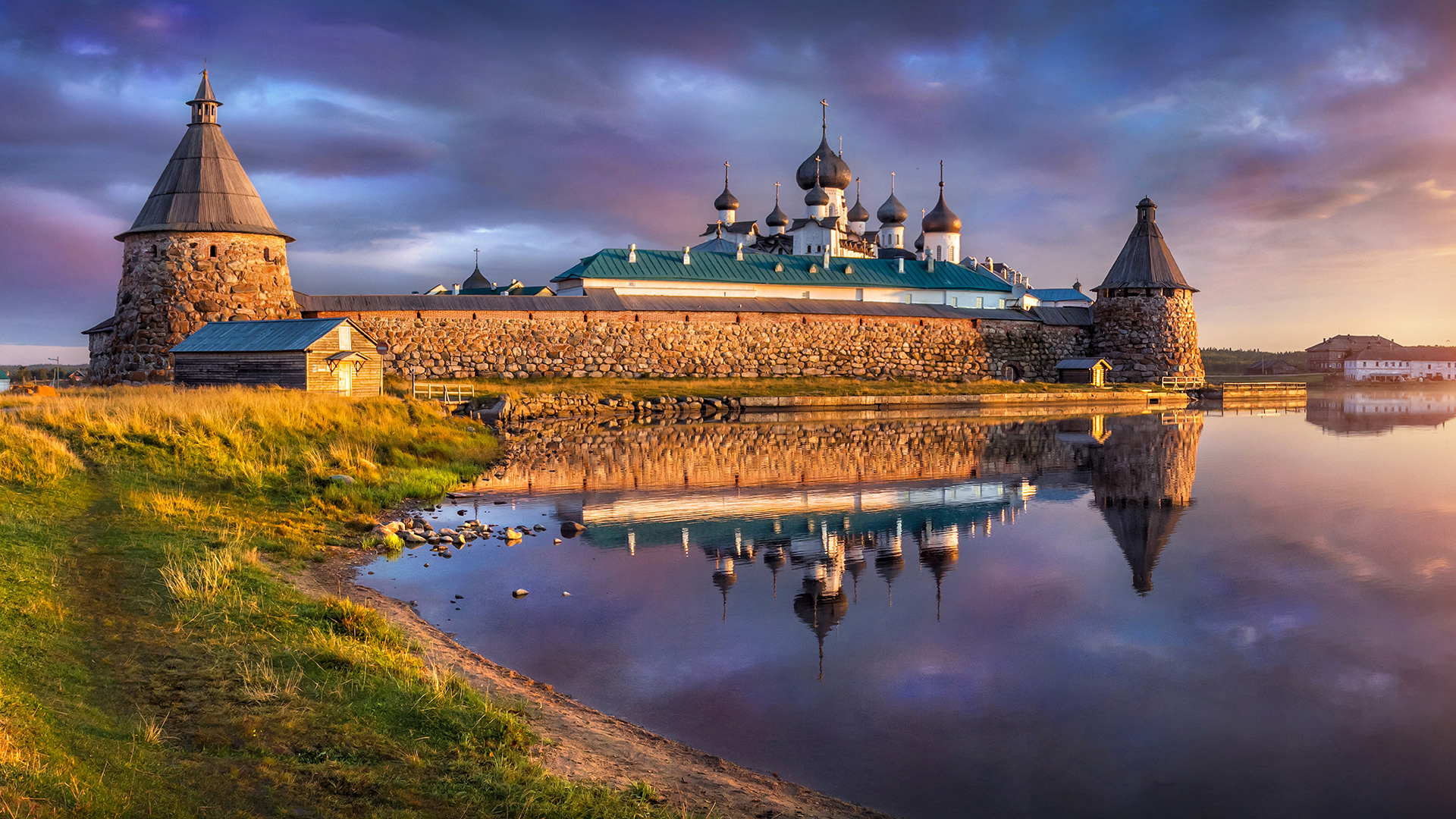
Why were lamplighters so respected in Tsarist Russia?
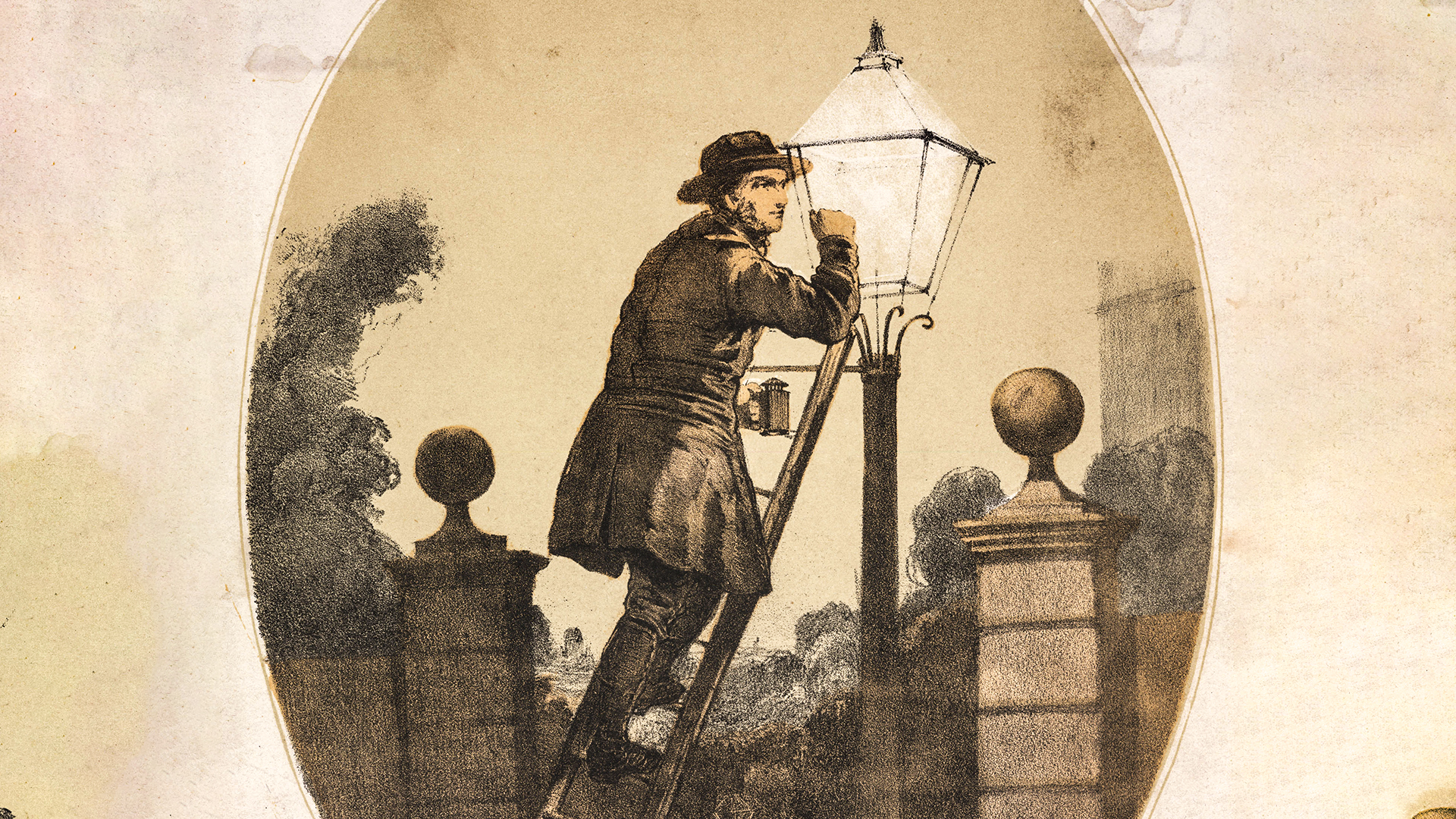
The first mass street lighting began to appear in St. Petersburg in the first third of the 18th century. On November 23, 1706, by order of Peter I, lanterns were hung on the facades of houses on four streets. In 1723, 595 lanterns were already working on the streets of the capital, serviced by 64 lamplighters.
Soon the initiative was supported in Moscow. On November 27, 1730, the Governing Senate adopted a decree "On the production of glass lanterns for lighting in Moscow in winter." The decree stated that lighting should be installed "in Moscow, the Kremlin, Kitay [Gorod], Bely and Zemlyanoy districts and in the German Quarter along the main streets for winter nights".
The first lanterns were oil-fired. The lamplighter's responsibilities included filling them, cleaning the glass from soot and dirt, replacing the wicks, and lighting them at dusk.
To service the lamps, lamplighters needed a stepladder, a pole, a burning portable lantern, hemp oil for filling the lamps, a measuring container (so that the lanterns would shine for the required period of time), and a set of tools for repairs. Oil lanterns shone dimly and often went out prematurely. City residents joked that lamplighters poured oil into their porridge. Later, they came up with the idea of adding turpentine to the lantern oil. And from the middle of the 18th century, kerosene lanterns became widespread.
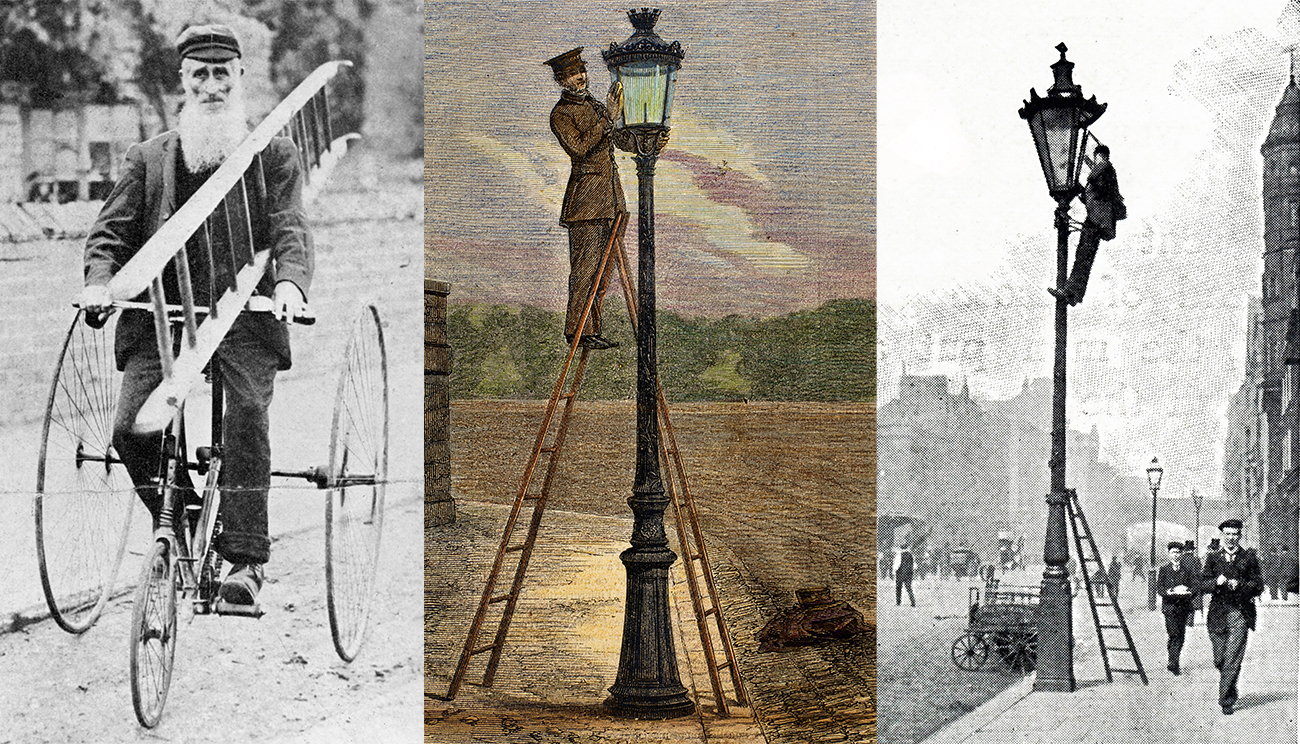
Lanterns were lit from August to April. As Vladimir Gilyarovsky specifies in his book “Moscow and Muscovites”, on moonlit nights, in order to save money, they made do with natural light. In the summer, lamplighters repaired street lamps and helped the police and firefighters, since they were listed as part of their department. Retired soldiers were often hired for the job. The salary was not high, but they were respected by the townspeople, since they did important and useful work.
The heyday of the profession came in the 19th century with the advent of gas lighting. The first gas lamps in St. Petersburg and Moscow appeared in the first third of the 19th century. By the middle of the century, gas plants and networks appeared in other large cities.
The work became more difficult and dangerous: the lamplighter needed to know the structure of the burners and be able to find gas leaks. Now he had a special gas key on a long stick, with which he opened the valve and brought fire. The schedule was strict: all the lamps had to be lit quickly. The police strictly monitored this.
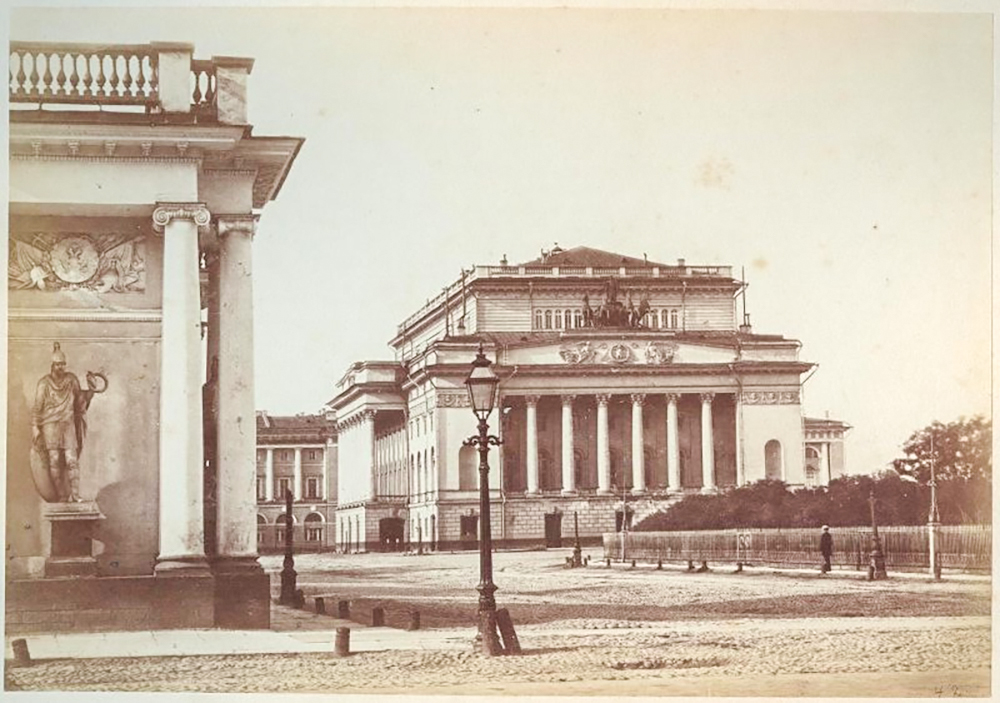
The invention of electricity put an end to the profession. The first electric lamps appeared in Russia in the second half of the 19th century. Electric lamps were brighter, safer and easier to operate. The lamplighter profession quickly transformed: instead of going around each lamp daily, electricians were needed to repair, replace burnt-out lamps and maintain networks. The profession of lamplighter largely disappeared in Russia by the 1930s.


